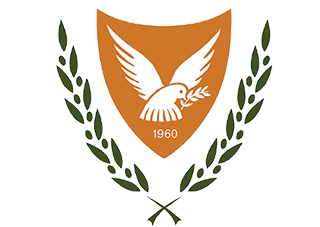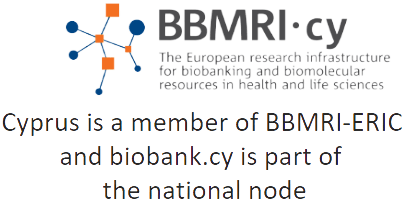The Innovation Hub of the CoE leverages the expertise nurtured within the Center and the research initiatives at MMRC, fueling advancements in the field of innovation
Three major projects are under the Innovation Hub:
Alport syndrome mouse model: Our group pioneered several years ago, in creating the first Alport syndrome mouse model which inherits a glycine substitution mutation in the COL4A3 gene, in contrast to several previous models that were knock-out models, that is one of the collagen IV genes was totally inactive. Our model recapitulates the clinical and morphological features of about 50% of all patients who carry similar mutations. The mutation we chose to introduce to this mouse model is the one most prevalent amongst all Cypriot patients with thin basement membrane nephropathy, a condition which fall under the Alport syndrome spectrum disorders, known as COL4A3:p.Gly1334Glu.
The project has progressed to the point that based on important findings regarding the molecular and cellular basis of the disease, we administer synthetic repurposed chaperones for treating these mice, with promising results. A repurposed drug is one which has approval for another disease but is found to also have a positive impact on another medical condition.
Zebrafish experimentation: The animal model with the name Danio rerio, also known as zebrafish because of its zebra-like linings, is an attractive model for studying genetic diseases and discovering new knowledge regarding mechanisms of disease development. In collaboration with Dr Nicholas Dietis at the UCY Medical School and Dr Demetris Beis at the Biomedical Research Foundation Academy of Athens, we established new colonies of fish with the aim to create genetically modified animals for our experimentation. Specifically, we are interested in introducing to the zebrafish genetic variants we identify in patients with heart or kidney conditions and following the potential development of a disease phenotype. This is going to enable us to reach firm conclusions about the pathogenicity of variants of uncertain significance we find when diagnosing patients. Also, the same or similar models will allows us to ask more fundamental questions regarding the development of diseased animals under experimental conditions and even attempt therapeutic approaches.
CYPROME analysis: For the first time more than 1000 Whole Exomes of unrelated Cypriots have been accomplished and are under scrutiny. They are participants who voluntarily enrolled in the Biobank and shared with us details of the personal and health status. Important findings already emerged from the study of these genomes, and more are going to emerge in the near future. The ultimate goal is to prepare the reference genome of Cypriots which is an immensely useful tool in many projects concerning medical genetics with direct application in molecular diagnostics. Soon we are going to have a good picture of the architecture of the Cypriot DNA and portray the molecular morbid anatomy of the Cypriot human genome. The data are going to be another excellent tool to implement in future public health policies aimed at the prevention of disease.







